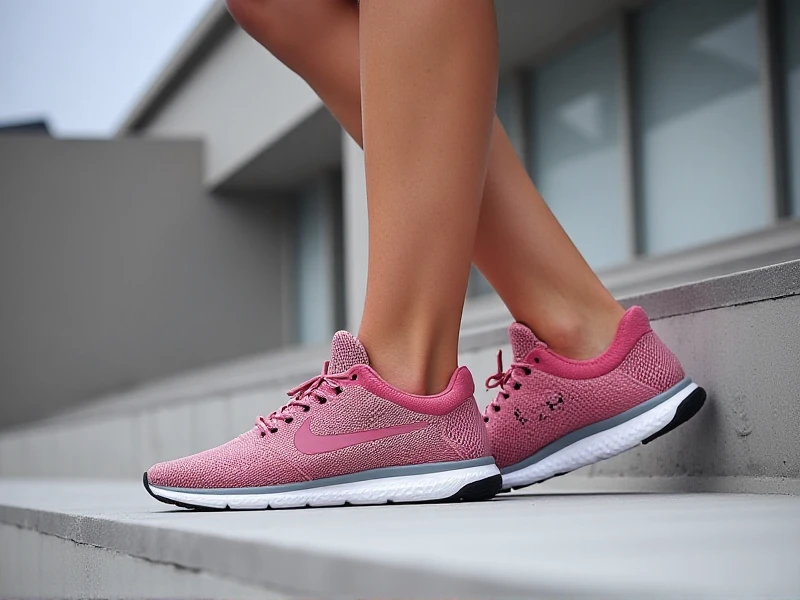Ultimate Guide to Choosing the Best Women's Running Shoes

Finding the perfect pair of women's running shoes is essential for every female runner, whether you're a casual jogger or training for a marathon. Running in the right shoes reduces injury risks and enhances your performance, making your workouts more enjoyable. With so many options on the market, it can feel overwhelming, but focusing on a few key factors will help you pick the ideal fit for your needs. Let's dive into how to choose high-quality women's running shoes that support your running journey.
First, consider the fit and sizing differences that make women's running shoes unique. Women's feet often have narrower heels and wider forefeet compared to men's, so brands design these shoes with specific anatomies in mind. Always try on multiple pairs to ensure a snug, comfortable fit—about a thumb's width of space at the toe prevents blisters and discomfort. Look for breathable materials like mesh uppers that keep your feet cool during long runs, as this promotes air flow and reduces moisture buildup. Top models from brands like Nike, Brooks, and ASICS incorporate features such as extra cushioning to protect joints on hard surfaces, which is crucial for preventing common issues like shin splints or knee pain.
Next, evaluate the type of shoe based on your running style and foot mechanics. For instance, if you overpronate (your foot rolls inward), opt for stability women's running shoes built with support features like medial posts. Neutral runners might prefer cushioned models that absorb shock without interference. Weight is another critical factor: lighter shoes enhance speed for races, while heavier, durable options are great for everyday training. Also, don't overlook trail variations if you run on uneven terrain—they offer enhanced grip and protection. For added comfort, prioritize removable insoles that allow for custom orthotics, and aim for shoes that fit snugly throughout the lacing process.
Lastly, maintain your women's running shoes to extend their lifespan and ensure peak performance. Rotate between two pairs if possible, allowing each to air out and decompress between runs. Always replace them every 300-500 miles to avoid worn-out cushioning that can lead to injuries. Investing in quality women's running shoes makes all the difference; head to a local store for a fitting to discover your perfect match and transform your running experience today.